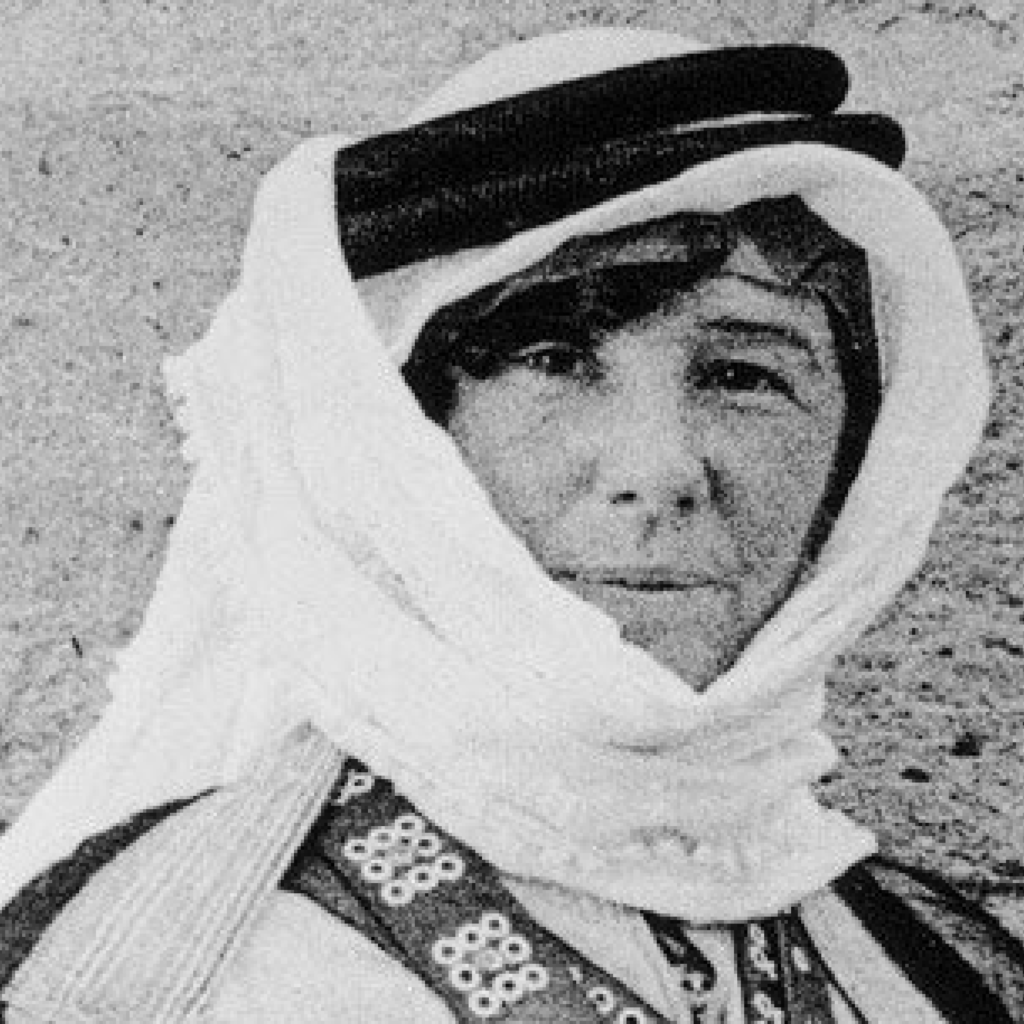So many accomplished, extraordinary women are being highlighted during Women’s History Month. I would like to offer three of my favorite vibrant women who are often overlooked, but are equally as interesting and worth remembering. Take note, they all lived very long lives, busy and contributing until their very last days. Here’s to Girl Power!
Dame Freya Stark DBE

Dame Freya Stark DBE (31 January 1893 – 9 May 1993), was an Anglo-Italian explorer, geographer, cartographer, and travel writer. Born in Paris, and raised in Italy, she spoke more than a dozen languages and dialects, including being fluent in Arabic.
Beginning in her early thirties, Freya traveled extensively throughout the Middle East, India and Asia Minor until her last trip at eight-six.
On all Freya’s trips she made maps of the area, often being the first person ever to record the topography of the area. Many of her maps are still used today.
She flaunted convention, associating with English diplomats and officers as well as with locals; she went on desert excursions to the Bedouins, accompanied exclusively by Iraqi nationals, completely disregarding the colonial moral code of the time. She wore men’s clothing when traveling, and spent months at a time on camel back in rough and dangerous terrain, always the only woman, much less the only white woman, to do so at the time.
During World War II, Freya collaborated with the Ministry of Information in London, where she was employed as an expert on the Middle East. She lectured widely, did radio broadcasts, received numerous awards for her work and her writing and in 1972 she was knighted/raised to the level of nobility by the Queen of England and given the lifetime title of Dame.
Freya lived to be over one hundred years old, and was busy writing and lecturing until the very end of her life.
Victoria Claflin Woodhull
Victoria Claflin Woodhull, (September 23, 1838 – June 9, 1927), was an American leader of the women’s suffrage movement.
Even though it would be almost fifty years before women gained the right to vote, Victoria was the first woman to run for President of the United States. She was the candidate in 1872 from the Equal Rights Party, supporting women’s suffrage and equal rights; her running mate was black abolitionist leader Frederick Douglass.
Some historians quibble about the legality of her run because she was younger than the constitutionally-mandated age of 35. Election coverage by contemporary newspapers does not suggest age was a significant issue.
As well as an activist for women’s rights Victoria championed labor reforms, and was a voice for “free love”– the freedom to marry, divorce, and bear children without social restriction or government interference. Together with her sister, Tennessee Claflin, she was the first woman to operate a brokerage firm on Wall Street, and the two were among the first women to found a newspaper in the United States, Woodhull & Claflin’s Weekly, which began publication in 1870.
The Woodhull Institute for Ethical Leadership was founded by Naomi Wolf and Margot Magowan in 1997, and in 2001, Victoria Woodhull was inducted posthumously into the National Women’s Hall of Fame.
Hildegard of Bingen
Hildegard of Bingen (1098-1179) was a Renaissance woman only she was born just about 300 years before the Early Renaissance.
At about fourteen, she became a nun of the Order of St. Benedict and remained so for her entire eighty-one years. Hildegard was a visionary, theologian, writer, composer, artist, healer, reformer, medical practitioner, prophet, and poet.
Her theological ideas became part of the Catholic Church, and even helped to shape modern theology. She was canonized (official declaration of Sainthood) and named a Doctor of the Church (only one of thirty-six, ever designated) by Pope Benedict XVI in 2012.
She may have lived and worked only within the confines of the Catholic Church, but her contributions were world-influencing and her writing, prolific. Entering her stride at forty-two, Hildegard wrote about holistic healing, developed new forms of music and opera, and inspired modern philosophy and psychology.
700 years later, her writing influenced Carl Jung’s work on the subconscious in psychology. She also wrote extensively about nature, science, and cosmology, and about diet and nutrition.
One of my favorite ideas is Hildegard’s concept of the divine feminine as a positive creative force in the universe. Something we are beginning to acknowledge in our world today, eight hundred years later.
Do you have a favorite vibrant woman from history? Please share her name!
Until next time…Be Vibrant!